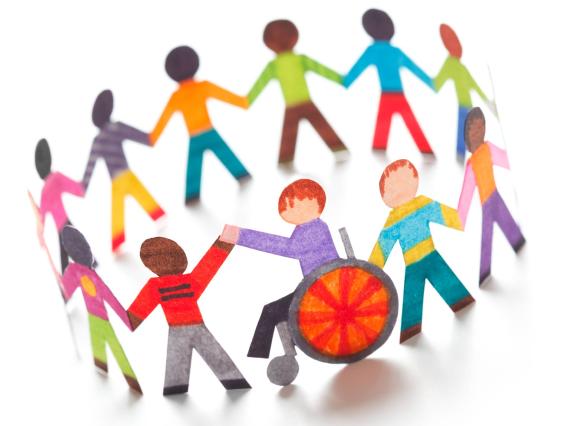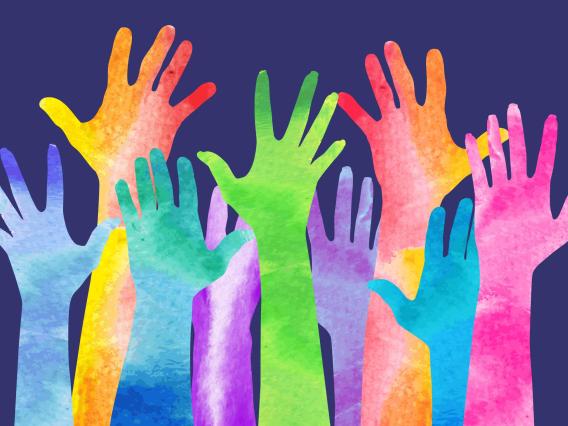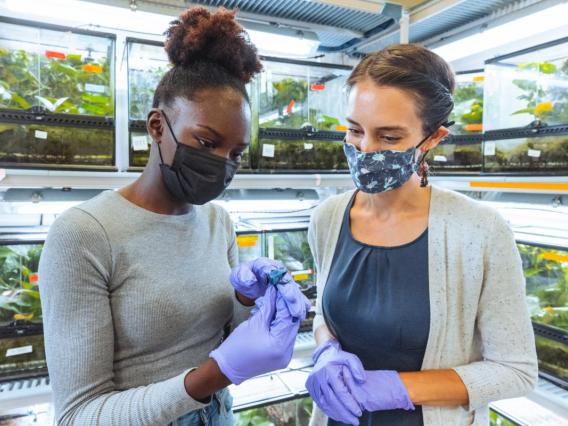The Wu Tsai Neurosciences Institute believes that the advancement of science depends on the diversity of thought, experience, and approach of those who conduct it.
A research community where everyone’s contributions are welcomed quickens the pace of scientific progress and our ability to treat diseases and improve lives. We are committed to fostering a vibrant scientific community where all people feel they belong and can flourish and do their best work regardless of their background or identity. This approach extends to all components of the institute, including our research, programs, staff, leadership structures, and hiring practices.
We welcome engagement with the Wu Tsai Neuro community as we continue our mission to cultivate an inclusive home for all of neuroscience at Stanford.
— The Executive Committee of the Wu Tsai Neurosciences Institute
Community Engagement, Inclusion, and Belonging Initiatives
Committee on Community Engagement, Inclusion, and Belonging
In 2021, the Wu Tsai Neurosciences Institute Executive Committee convened a group of faculty, postdocs, staff and graduate students from our community to make recommendations on how to enhance inclusion and belonging within the neuroscience community at Stanford.
The committee listens to community input and feedback, develops and prioritizes concrete actions, directs funding to programs aligned with their mission, and regularly reports findings and recommendations to the Executive Committee.
Among the committee's contributions to the community include the ongoing programs listed above.
Contact us
We are always open to hearing from our community! If you have any recommendations or want to share your thoughts on how to improve inclusion and belonging at the Wu Tsai Neurosciences Institute, please do so here.


